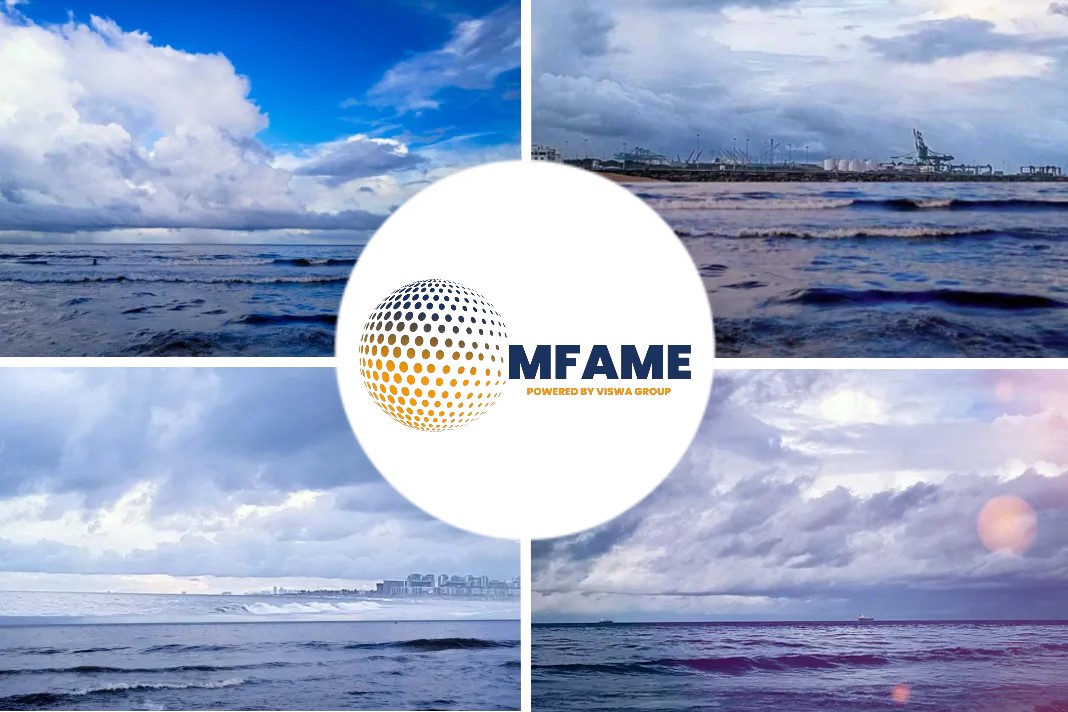The Maritime Executive reports of the 2 main bottlenecks in the path of maritime decarbonization.
Curbing shipping emissions
Shipping, which transports 90% of the world’s trade, contributes nearly 3% of global emissions—a little more than the carbon footprint of Germany. If gone unchecked, this share could increase to 17% by 2050 as the world’s GDP keeps growing.
Curbing shipping emissions has been a hot topic at the international climate summit in Glasgow, with 14 nations signing a declaration last week to bring shipping emissions down to net zero by 2050.
On Saturday, shipping industry heavyweights and senior government representatives met to iron out details of this lofty promise, ahead of the key transportation talks at COP26. Important differences emerged in whether market or regulatory rules will be most effective to push the industry towards net zero.
Shipping and aviation are notoriously difficult industries to decarbonise. They require vast amounts of fuel for international travel, and the questions of which country is responsible for emissions makes reaching agreements a mammoth and glacial task.
Growing momentum
Shipping’s total emissions are set to increase this year for the first time since the global financial crisis of 2008.
If left unregulated, shipping and aviation will be responsible for almost 40% of all carbon dioxide emissions in 2050, according to a study published by the European Parliament.
With so much at stake, we’re finally starting to see change, with businesses (and their customers) placing more emphasis on shipping’s contribution to climate change. In October this year, nine big companies – including Amazon, Ikea, and Unilever – pledged to move their cargo only on ships using zero-carbon fuel by 2040.
What’s more, three of the world’s largest container shipping lines – Maersk, CMA CGM, and MSC – are actively pursuing the use of alternative fuels and aim to be net-zero compliant by 2050 or before.
A lack of technology
Most ship engines use a low-grade, carbon-heavy fuel oil, which creates significant air pollution. So some shipowners are moving to build new ships or convert existing ships to run on liquefied natural gas (LNG) instead.
While this presents a 25% reduction in CO? emissions compared to the current low-grade fuel, LNG still releases methane into the atmosphere – a heat-trapping gas roughly 30 times more potent than CO?.
This points to a big problem getting in the way of decarbonizing shipping: zero-carbon technologies that can be applied at scale to large ocean-going ships do not yet exist.
Commercially viable technologies that create alternative, zero-emissions fuels, such as hydrogen and ammonia, are still in development by ship engine manufacturers.
A significant challenge is the requirement for vast fuel storage on board ships, and replenishing these fuels in port, especially after long voyages. Battery power using renewable sources can only be used on short voyages such as ferries or on coastal trips.
Nuclear propulsion has also been considered, but there are associated risks and it doesn’t have the support of the general public.
Did you subscribe to our daily newsletter?
It’s Free! Click here to Subscribe!
Source: The Maritime Executive

























